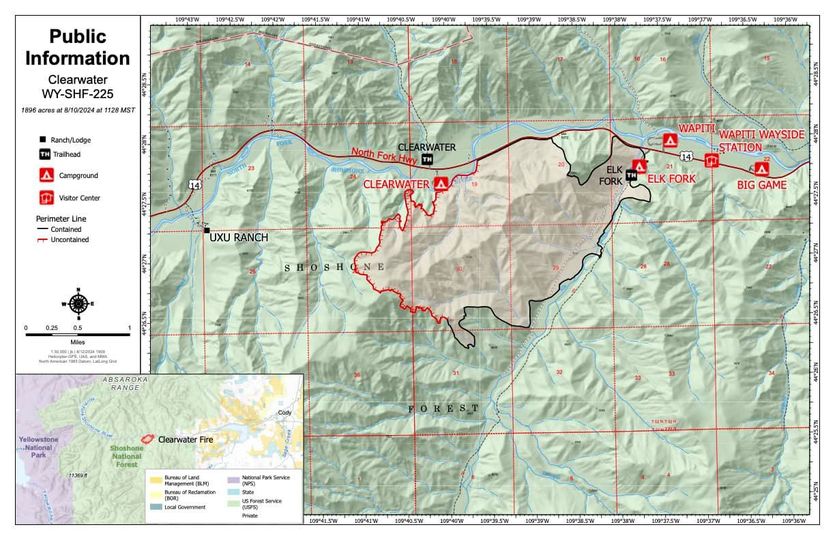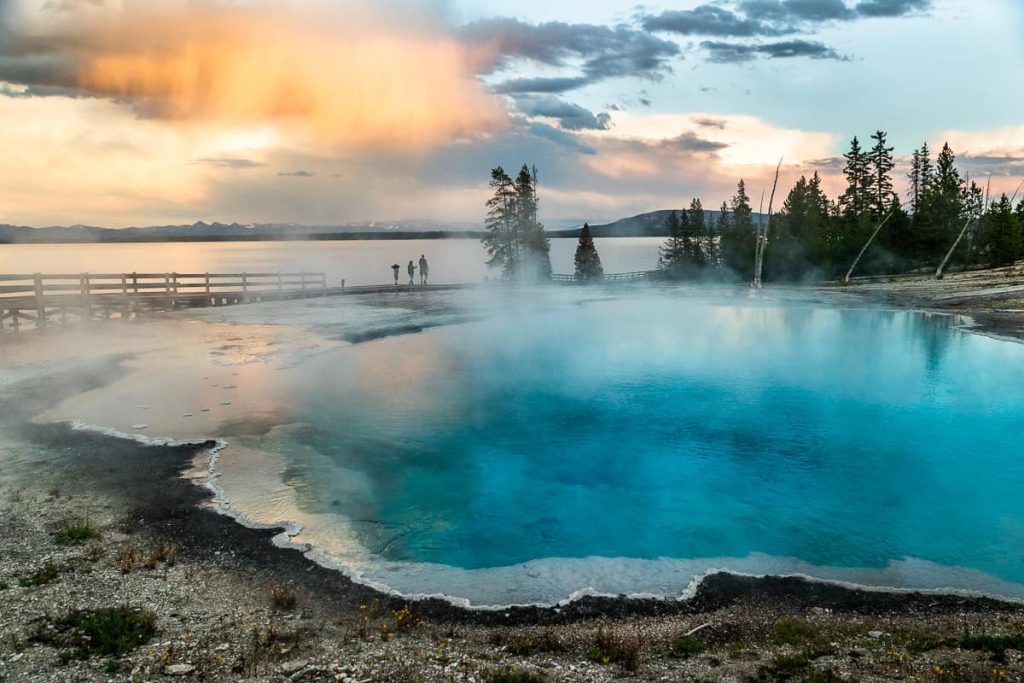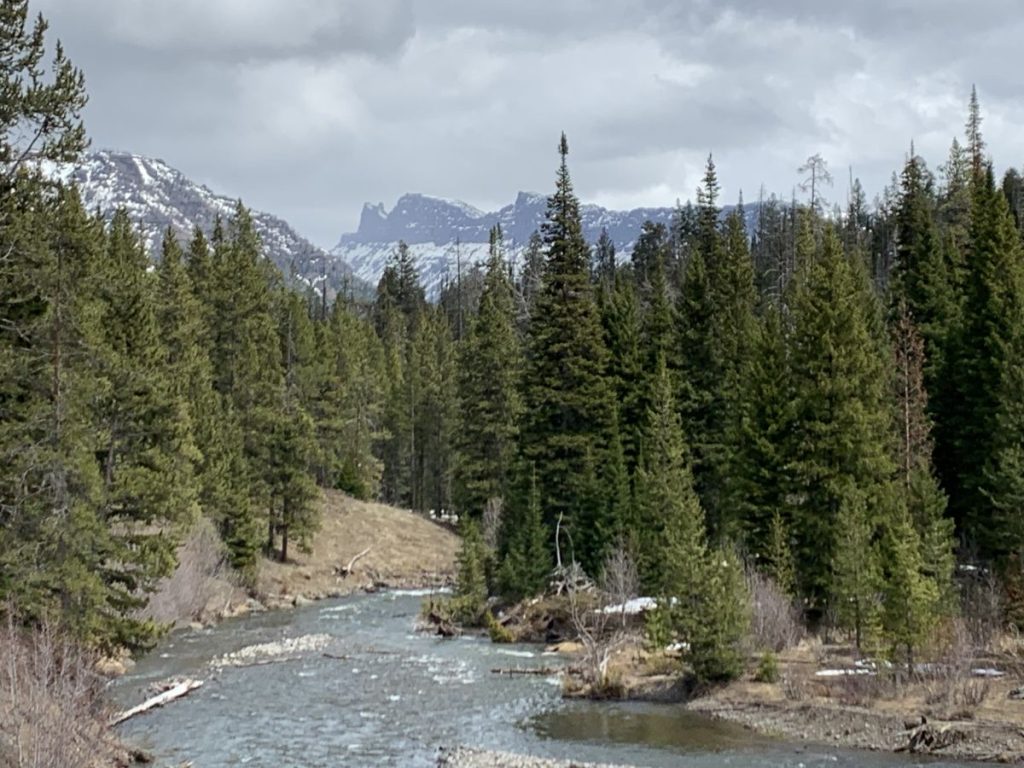4 Keys to Exploring Wyoming Wilderness Areas
Written by Nick on May 8, 2023
Discover Wyoming Wilderness Areas with These 4 Tips
In today’s plugged-in world, the notion of wilderness has almost become foreign. The presumption that we’re all available 24/7 thanks to smartphones and social media can be taxing, and when you start to feel burned out, there’s no better place to turn than one of Wyoming’s breathtaking wilderness areas.
But when you venture into one of these pristine, protected regions, it’s important to keep in mind that self-reliance is a requirement. There are no services, often no cell service, and if you end up needing help, you’ll have to wait awhile.
Fortunately, there are a few simple things you can do to keep yourself safe and enjoy your wilderness excursion to the fullest. Whether you’re just getting to know the outdoors or an experienced wilderness guide, it never hurts to brush up on these timeless pieces of advice for exploring Wyoming wilderness areas.
Be Prepared and Pack Adequately
Never underestimate the wilderness or overestimate your own capability. Knowing what you need and taking it with you is the biggest key to staying safe and enjoying your trip, regardless of which Wyoming wilderness areas you choose to visit.
There are several elements to consider here, but don’t be afraid to ask the experienced wilderness travelers in your life for their recommendations as well. Here are a few solid places to start your packing process:
- Navigation — If you don’t know where you are, where you’re going, and how to get there, odds are you’re going to run into trouble. You need a map and compass at the minimum. Consider also taking a GPS unit and personal locator beacon (PLB) in case you get into a tough spot and need to call for help.
- Food and Water — Cute trail snacks don’t always cut it in rugged Wyoming wilderness areas. You need nutrition, first and foremost. Pack the food you need, and nothing you don’t. Be sure to carry plenty of water to get you through your entire trip. As a backup — never as a primary water souruce — have a means of treating natural water you may find in the wilderness, such as tablets or a purifier.
- First-Aid — At a minimum, you need bandages, antibiotic ointment, and a painkiller like acetominophen. If you’ve never taken a first-aid course, in all honesty, you probably should before exploring Wyoming wilderness areas. Having the gear isn’t much good if you don’t know how to use it.
- Fire and Light — You need to have matches and/or a lighter, even if you grew up using flint or other means of starting fires. It’s best to keep a small tinderbox with you, and keep it dry. Separately, having a flashlight is crucial, as a source of illumination can make all the difference in an emergency situation.
- Rain Gear — Staying dry isn’t just a matter of comfort, although that’s certainly a good enough reason to pack your waterproof jacket, poncho, and warm clothing. If you get wet and have no way to get out of the rain, you could be looking at hypothermia or illness. Just like staying warm, remember: it’s easier to stay dry than to get dry.
- Shelter and Tools — Most wilderness adventures involve staying for one or more nights, so you don’t want to be without a tent or at least a tarp. In addition, you should have a multi-tool, knife, and cord or duct tape. These are valuable tools in a variety of situations, including securing or repairing your shelter.
Depending on where you’re going, you may need other supplies as well. For example, many Wyoming wilderness areas are located in bear country, so you should have bear spray.
Bonus Advice: If you’re headed into bear country, you need to read and understand these six imperative bear safety tips.
Research Your Destination and Tell Someone Where You’re Going
Wyoming wilderness areas can be as unforgiving as they are beautiful, and you might be surprised at how often visitors get in over their heads.
Before any wilderness outing, you need to research your intended destination. The location, the nearest access point, what the trail’s like, the weather you should expect, the hazards, the nearest water sources — these are all things every wilderness hiker needs to be aware of.
You should also keep up with the latest conditions, and not just the weather. Poke around online and see what you can learn from the latest trail updates, guide reports, and even Google reviews of the area. The more information you can uncover, the more prepared you’ll be for your adventure.
Above all else, make sure someone knows where you’re going and when to expect your return. If you run into trouble, you can’t expect searchers to find you if no one knows you’re overdue or where to look.
This is another opportunity to point out the value of a personal locator beacon (PLB). If you get stuck or hurt in one of these Wyoming wilderness areas, activating your PLB will tell rescuers exactly where you are and that you need help ASAP.
Leave No Trace
If you pack it in, you need to pack it out.
The entire point of establishing Wyoming wilderness areas is to preserve them so we can enjoy them for generations to come. These areas are havens for those of us who enjoy nature in its purest, unadulterated form.
Hopefully this goes without saying, but you should never leave any trash or other items behind in wilderness areas. Take only photographs, leave only footprints.
Even then, keep in mind that trails exist for a reason. The more off-trail traffic these wilderness areas experience, the more erosion they face, and the greater resource damage occurs.
Be considerate — not just of nature itself, but also of the people who will come after you to enjoy these untouched parts of the world.
You can find rules and regulations for Wyoming wilderness areas online. They’ll tell you where certain activities are prohibited.
Know Your Limits
Look, if the weather turns, you aren’t going to be able to hike 20 miles back to the trailhead in half a day. We all have our limits, and it’s vital that we recreate within our limits to ensure we don’t put ourselves and others at risk.
One of the best things about Wyoming wilderness areas is that they’ll always be there tomorrow, so if your trip takes a turn for the worse, play it safe and come back another day.
When you try to push yourself beyond your capabilities, you’re just asking for trouble — especially when help is so far away.
There’s no shame in calling it a day, and you certainly aren’t the first to be bested by Mother Nature. Pilots say that any landing you walk away from is a good one, and the same is true of wilderness hikes.
Wyoming wilderness areas are some of the nation’s prime hiking destinations, along with the trails inside Yellowstone National Park. If you’re headed into Yellowstone, check out this guidance on hiking safety.



